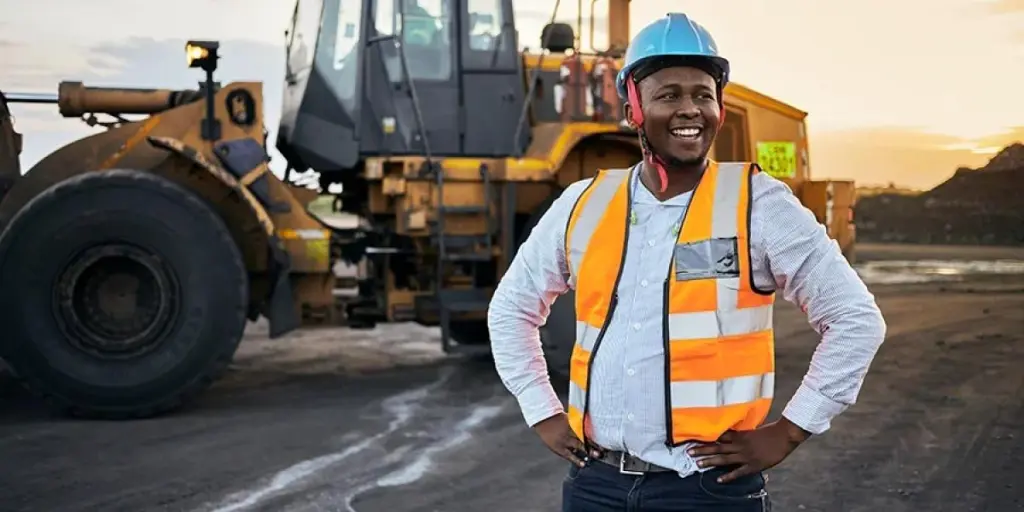As the globe is turning towards smart cities and smart construction, there is no doubt that the heart of these ambitions will be construction engineering machinery. It is predicted that by 2025, the global smart city market will grow by 20.5%, reaching the $2.5 trillion mark. Understanding different equipment used in construction is essential for businesses to succeed. This guide helps with choosing standard construction equipment for startup businesses.
Table of Contents
How to choose an excavator
How to choose a loader
How to choose a roller
How to choose mixers and concrete pumps
How to choose a crane
How to choose an excavator
Excavators are used for excavating pits, foundations, and large reservoirs. Huge construction sites use them to landscape/grade, dig trenches, and demolish structures. Besides this, they are helpful in the mining sector, for dredging rivers, material handling, and moving equipment around.
Factors to consider
Engine power
The engine power of the excavator determines its productivity. Businesses have to look at the size of their projects before choosing suitable machinery. Excavators can have an engine power of as much as 169kW.
Weight
The weight refers to the excavator’s weight while not carrying a load and it helps determine the stability of the machine.
Bucket capacity
The bucket capacity varies with the type of excavator. The average bucket size is 1.35 m3, but some can have 1.2m3.
How to choose a loader
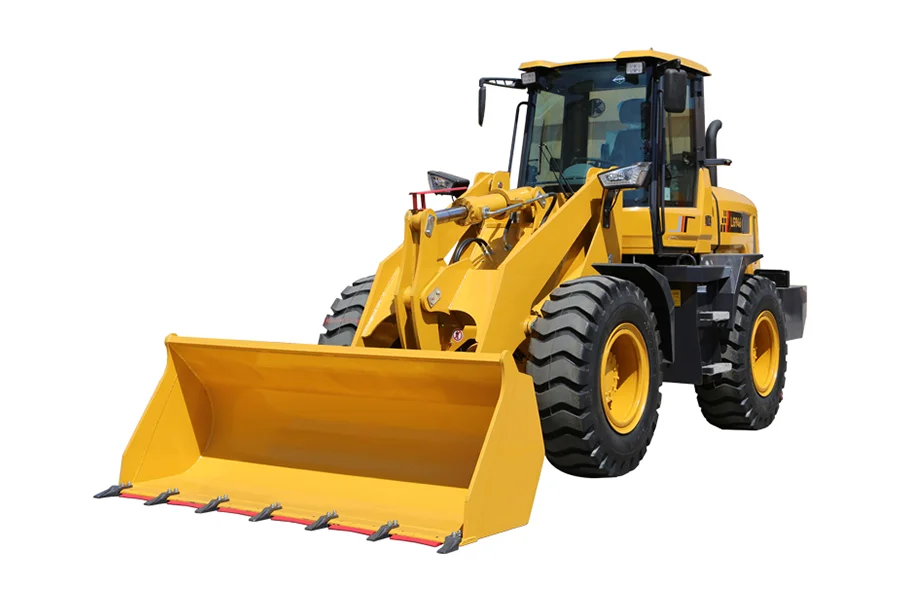
A loader has a large volume bucket ranging from 3 m3 to 11.5 m3 at the front with a short arm. They are either wheeled or tracked, depending on the construction site. On a construction site, it is the best equipment to load excavated soil, demolition waste, or raw materials onto trucks for transportation.
Factors to consider
Durability
Durability is essential because of the terrain that wheel loaders encounter on site. Protective features such as under guards and shields for front glass and lights may be necessary to extend the service life of the machine.
Engine power
Also known as the break-out force, it is the amount of power exerted at the tip of the loader bucket and it determines the loader’s productivity.
Long-term support from the dealer
Support from a dealer can help a business with some maintenance costs, such as a warranty. These go a long way in ensuring the machine is in good condition while saving on costs.
Versatility
A wheel loader can have various attachments, increasing the functions it can perform. Attachments include buckets, couplers, forks, boom poles, and grapplers.
Bucket capacity
The bucket capacity will determine the volume of material the loader will carry. It ranges from 1.0 m3 – to 7 m3 depending on the wheel loader of choice.
How to choose a roller
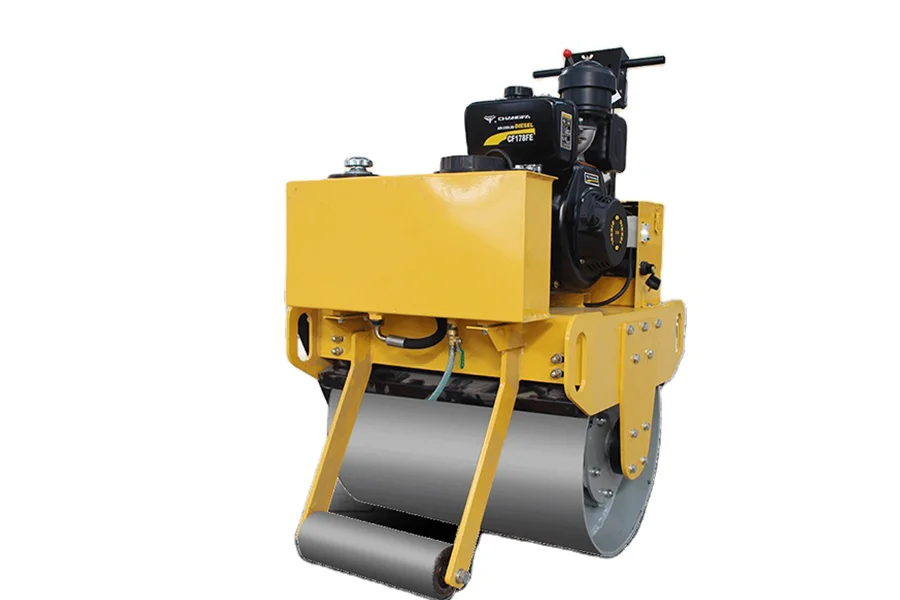
Rollers are machines that feature cylindrical rolls as their front wheel, commonly made of iron. They are used for leveling surfaces and compacting materials such as gravel, soil, and sand in construction engineering. Compacting is done by kneading, impact loading, vibration, and direct pressure.
Factors to consider
Material to be compacted
The material to be compacted determines the kind of roller to be chosen. Soil compaction will require a smooth roller. The pneumatic roller will be used on asphalt surfaces only, while the grid roller will be best suited for subbase and sub-grade road projects.
Type of project
Tarmacking of roads will most likely require a smooth roller, while the sheep foot roller will be most suitable for grading murram roads. The type of project can act as an indicator that businesses should consider before buying a roller.
Size of project
This has to do with whether it is a commercial or domestic project. Commercial projects will need big rollers while domestic projects will require handheld rollers.
Size and drum width
Different rollers have different dimensions of drums. For example, cylindrical rollers have a diameter of 1 m and a length of 1.5 m. The vibratory roller measures 0.9-1.2 m in diameter and 1.5-1.8 m in length.
Operator comfort
Some of these rollers vibrate a lot when in operation. Businesses should buy a roller that offers the operator comfort while in operation based on the surfaces the machine is used on.
Type of drum
There are several drums from which a business can choose. Each of these is suited for different surfaces that need compaction. They include grid rollers, vibratory rollers, sheep foot rollers, pneumatic rollers, and cylindrical rollers.
How to choose a mixer/concrete pump
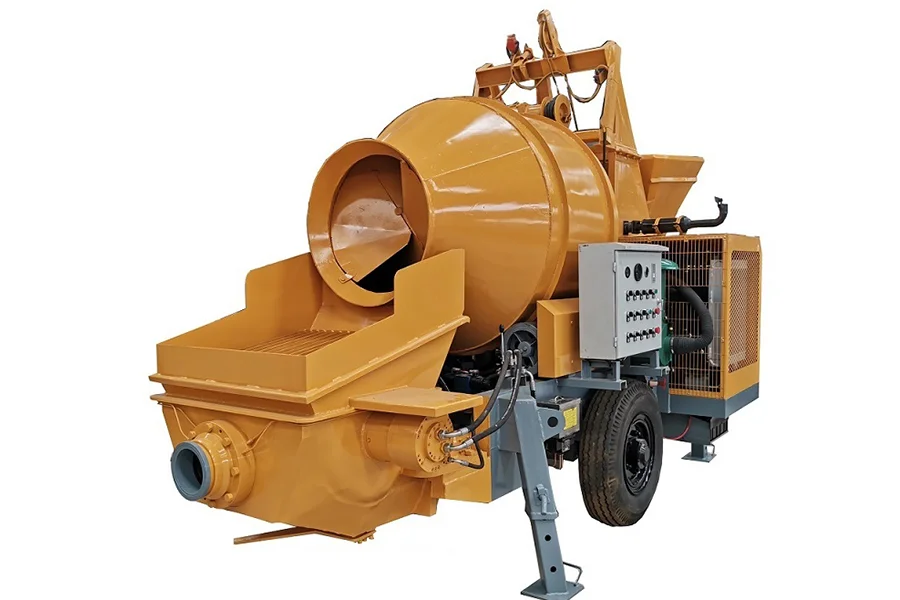
A concrete pump is a machine that allows easy concrete delivery to required locations (including inaccessible ones) with high accuracy and little wastage. Also, concrete mixers and pumps help in mixing up concrete to the required density.
Factors to consider
Maximum aggregate size
Every concrete pump has a maximum size of aggregate that it can process. Businesses should consider this size before making a purchase.
Pumping capacity
It is measured in m3 per hour and ranges from 18 m3 to 36 m3 with different concrete pumps.
Price
The price will vary depending on the complexity of the concrete pump. It can go from $10,000 to $25,000.
After-sales service provided by dealer
It helps reduce the machine’s operation cost while keeping it well maintained.
How to choose a crane
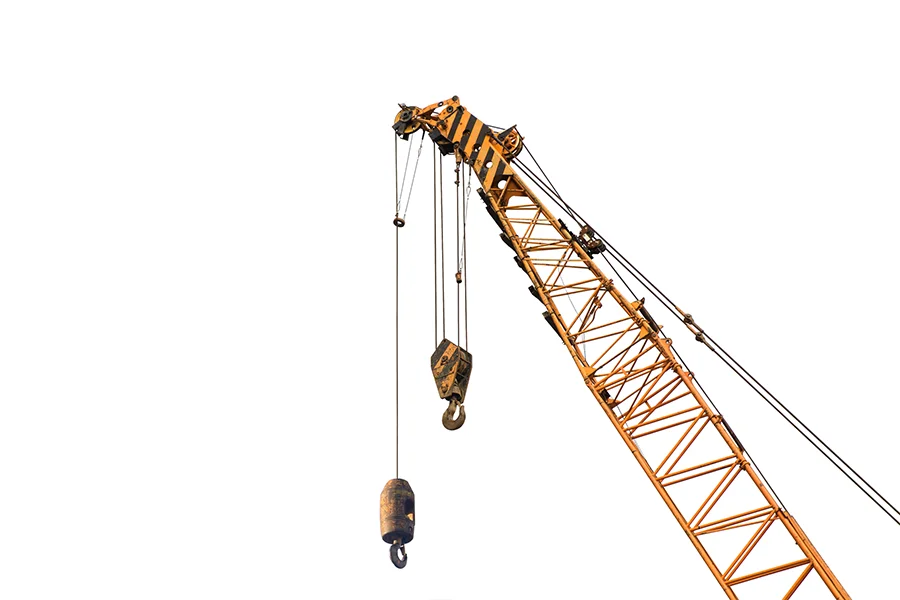
Cranes are tall machines fixed on a particular location on a construction site to move heavy materials from one point to another. They are also used in loading and unloading equipment or materials.
Factors to consider
Type
Different cranes are suitable for different purposes. Tower cranes are suitable for constructing tall buildings, truck cranes are mobile and mounted on trucks, and gantry cranes are installed permanently on a location to help lift heavy industrial equipment or mounted on a rail for movement. Rough terrain cranes are specially designed for construction sites with extremely rough terrain. Businesses should pick a crane that will suit their intended use.
Onsite terrain
The on-site terrain will help determine if the crane can access the site and be set up. Some terrains are too rough to use a crane—a reasonable consideration for businesses before purchasing.
Load weight to be lifted
Construction sites can have different load sizes. Knowing the maximum weight on the site could help determine the crane to be purchased. The tower crane can lift 18 metric tons.
Lift height
The height is essential for constructing tall buildings or structures. The tower crane can lift loads to heights of 265t. Therefore, acquiring the tower crane is reasonable if the structure does not exceed this height.
Horizontal distance
The horizontal distance the crane moves to pick a load is important, especially when the site size is considerably big. It will help businesses determine the length of the crane to acquire and where to set it up.
Conclusion
The excavator, roller, concrete machine, crane, and loader are standard on every construction site. They make work easier and more efficient and they are also readily available in every market. This guide has viewed this equipment in depth to make it easier for any business to venture into the construction equipment industry. In addition to this, there is more information on construction equipment in the construction equipment segment of Alibaba.com.
